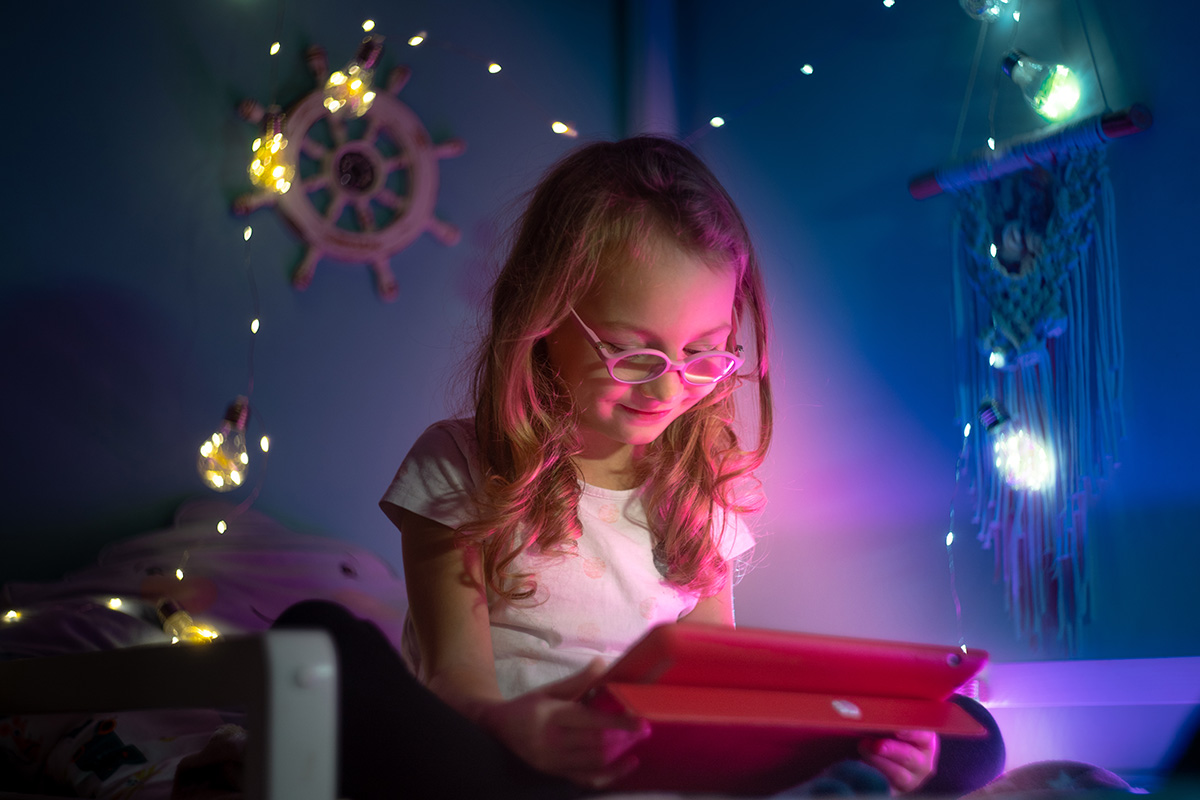
Reading.
You’re doing it right now.
And likely with little effort or thought.
Right now you’re on auto-pilot.
Without even a second thought, you recognize the various letters, group them together into familiar sounds, stack the words up one after another, and string each sentence together to extract meaning.
All the while a little voice inside your head is narrating each word.

That’s reading.
And when you stop to think about it, it’s pretty amazing.
What’s more amazing is how you’re going to see the journey your kids will take to learn how to read themselves.
Reading is a skill so many of us take for granted because we’ve had it for so long.
Much like learning to walk or talk, most of us can’t even remember life before we could read, much less the experience of learning how to read.
But don’t let that fool you. Learning to read is no easy task.
And it’s a lot more complicated than learning to speak.
Speaking is a natural human process which our brains are wired to do.
As babies we learn to speak just by hearing people speak around us and to us. The more we are exposed to words and sounds, the better.

Since reading and writing are relatively recent cultural inventions, we humans have had to adapt the language part of our brains to acquire these reading skills.
Before formally learning to read, children naturally develop phonological awareness – an innate understanding of the sounds that make up spoken language.
This is done through the power of rhyming, breaking down multi-syllable words and recognizing alliteration.
Think ‘Humpty Dumpty sat on the wall’’ or any Dr Seuss book.
Learning how to read requires specific phonics instruction.
This usually entails an ordered progression of letter-sound correspondences – learning all the different combinations and mastering one before moving on to the next.

Learning to read isn’t easy. So here are some ways to support and motivate your kids during the process:
While your child is learning to read here are some ways you can support and motivate them:
- Spend time reading with your kids and make it an enjoyable experience for all involved. This will help ensure your kids have positive associations with reading.
- Listen to your kids reading out loud. Show you’re interested and provide an eager audience by asking questions and interacting with them. This will also help your kids to develop all-important comprehension skills.
- Encourage your kids to sound out words rather than guessing. Go ahead and do it with them if they need the extra help.
- Identify letters in natural settings. This will promote a curiosity for your child to recognize letters and words around them.
- Personalized stories featuring your kids’ avatars and names are a huge boost to the reading game. Their name is one of the first words they learn to read and write. And we’ve seen how kids stay on the edge of their seat, fully engrossed through the whole experience.
SOURCES
- https://www.edweek.org/teaching-learning/how-do-kids-learn-to-read-what-the-science-says/2019/10
- https://hechingerreport.org/what-parents-need-to-know-about-the-research-on-how-kids-learn-to-read/
- https://www.icanteachmychild.com/10-steps-to-teaching-your-child-to-read/
- https://www.healthychildren.org/English/ages-stages/preschool/Pages/Helping-Your-Child-Learn-to-Read.aspx
